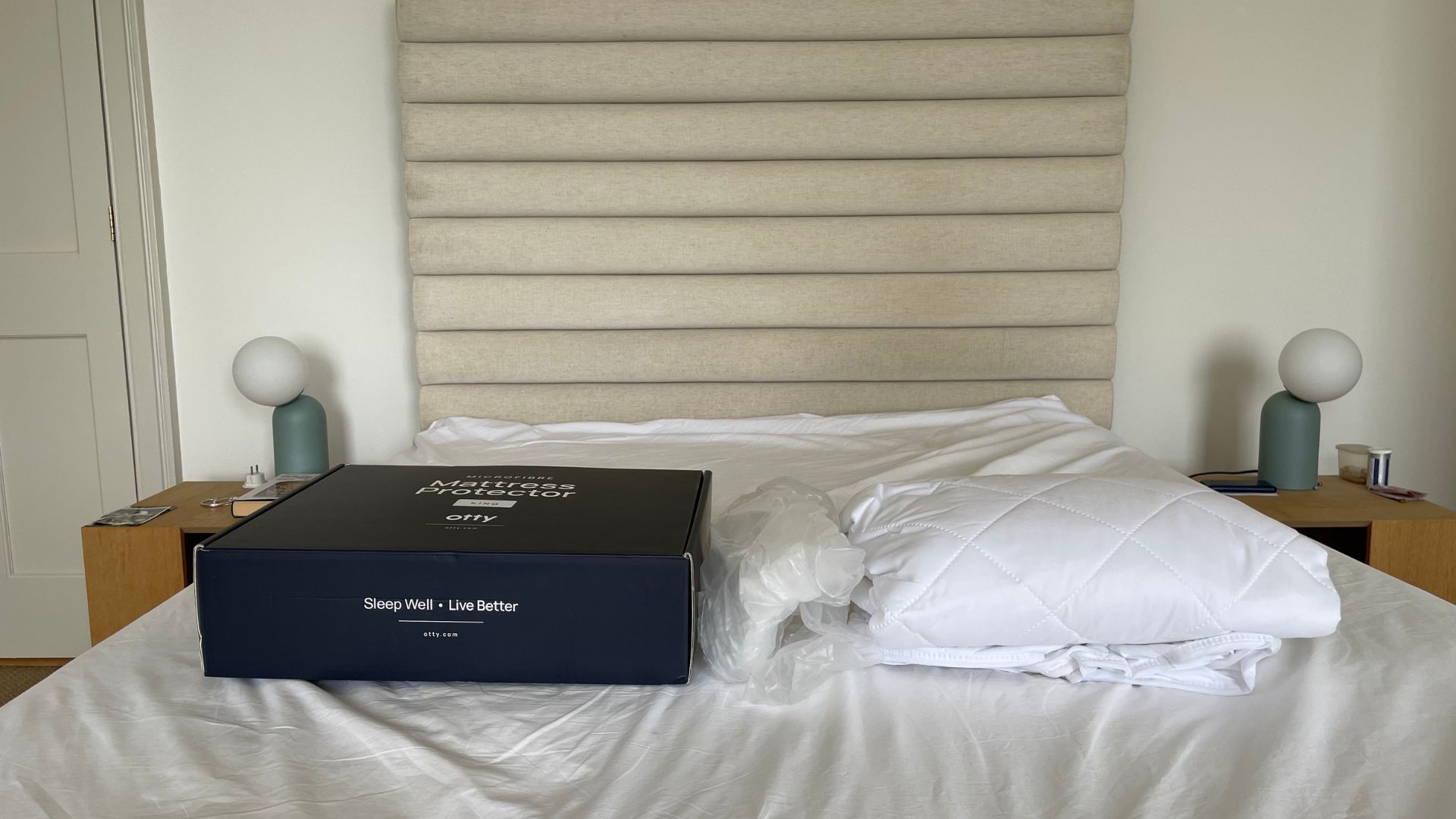
Given that you’ll spend at least one third of your life asleep, it’s important that you invest in sleep products that you can trust. That’s why how we test mattress protectors is such an important part of the review process.
I have a standardised set of rigorous tests that I put every mattress protector through. That way, I know that when I write up reviews and collate a buying guide for the best mattress protectors, I’m really giving you a selection of the very best covers on the market.
Along the way, these tests help me to answer all your burning questions for mattress toppers, from whether you should put an electric blanket underneath one, whether cooling mattress protectors really work, and the difference between a mattress protector and a mattress topper. Sleep can get very scientific, specific, and complex, which is why I make it my job to keep things simple.
How we research what we write about
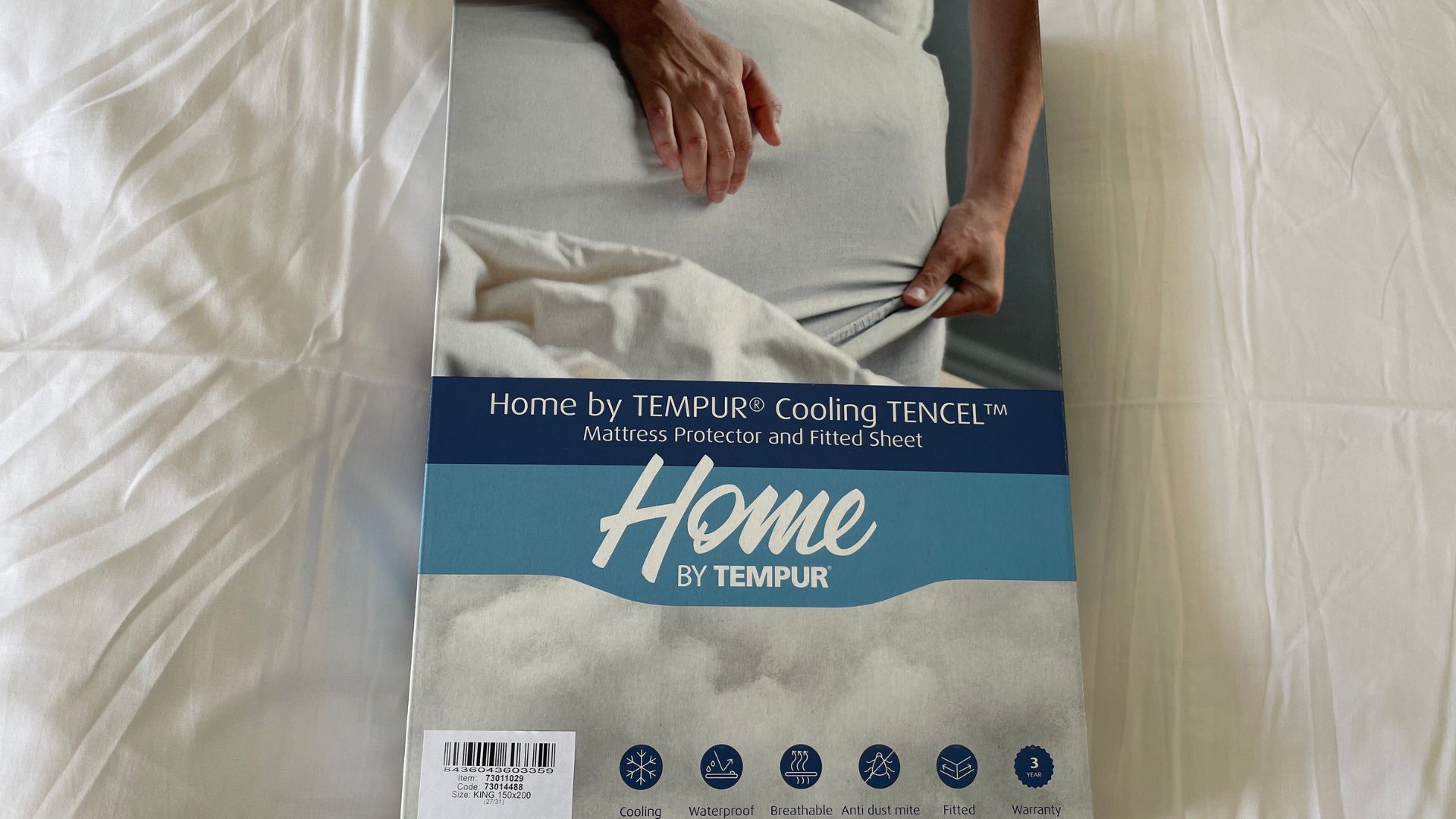
I’m a self-confessed, rest-obsessed sleep nerd, which means that I spend a lot of time deep-diving into the science of sleep as well as looking at the latest, most impressive, innovative sleep aids on the market. These days, I like to think that woman&home has reviewed any mattress protector worth buying. If we haven’t, I make it my business to dedicate hours of research into the claims that a brand makes, scour through reviews, and then call in and test any mattress protector that you might be thinking about buying.
Why we talk about unboxing
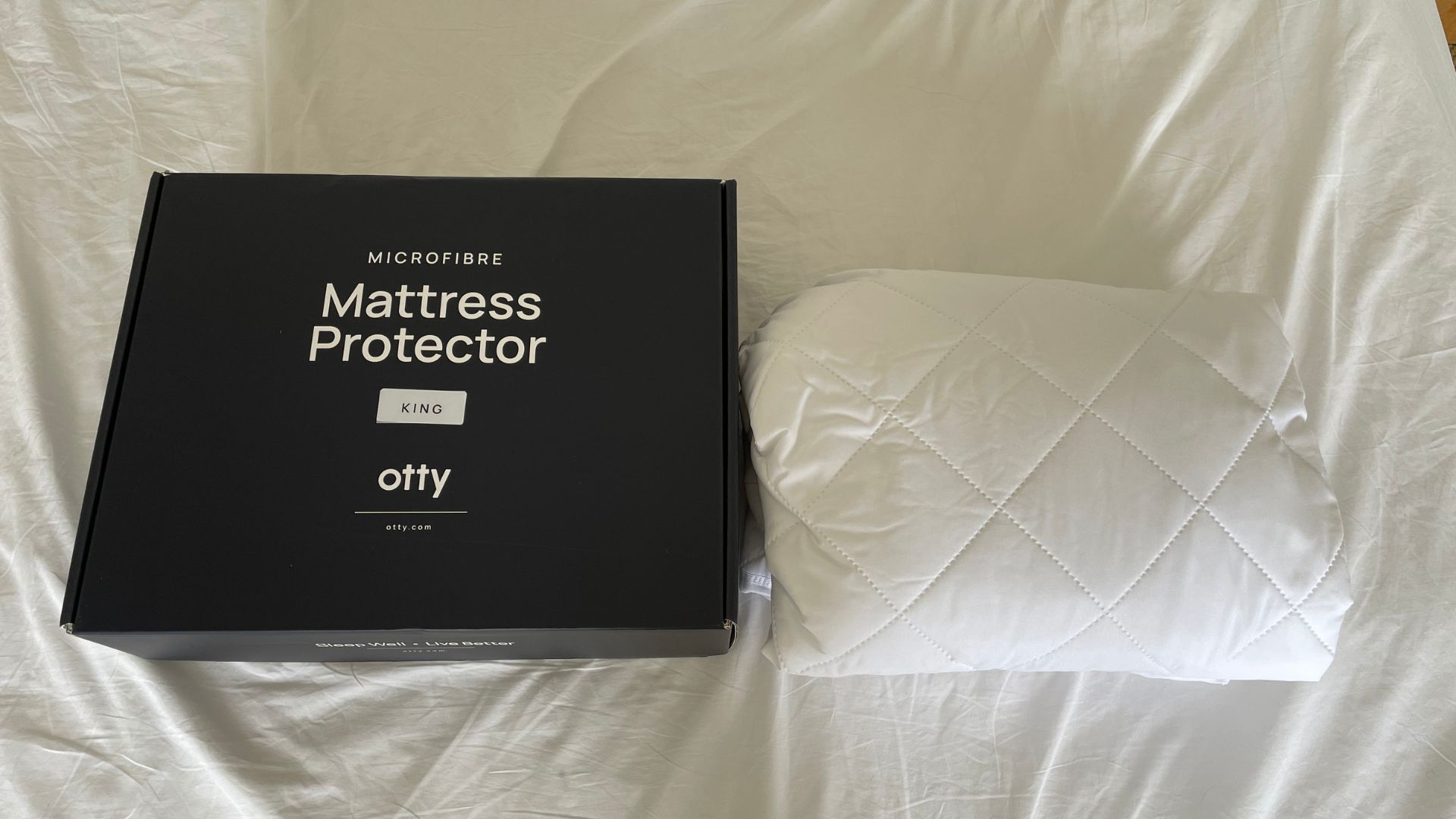
Once a mattress protector arrives in my (or one of our other experts') homes, I start making notes. Even though unboxing sounds like a small part of the process, it’ll be part of what shapes your first impression of the mattress protector. Over the years, I’ve seen a strong correlation between the amount of thought that a brand puts into their packaging with how much care they’ve put into designing the topper as well as their customer service.
Part of my notes on unboxing will also, inevitably, cover the sustainability of the packaging. In this day and age, there’s really no excuse for a brand not to have completely sustainable, recyclable packaging. It’s important for both convenience (it’s easy to dispose of) as well as from an environmental perspective.
Once I’ve got the protector out of its packaging and I’ve let you know my first impressions of it, the time will come to get testing.
The testing process
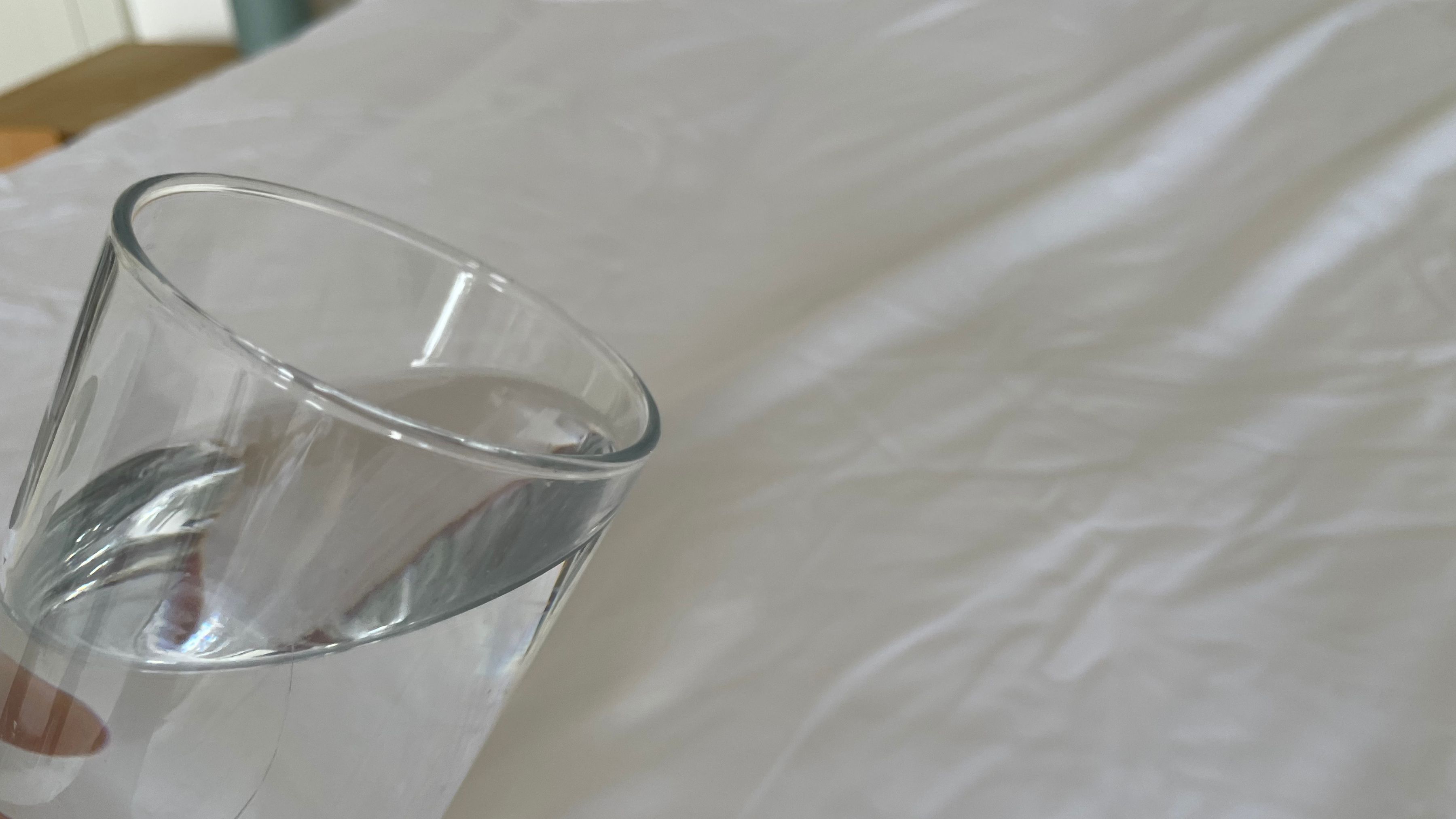
This is arguably the most important part of the process and it can be broken down into lots of micro-categories. I talk about how the mattress protector fits on the bed, whether it comes with elasticated straps or a grippy underside. I’ll also let you know how easy it is to fit, especially if you have a mattress topper or an electric blanket on top of your mattress.
Protectors make up a very thin layer of your bedding, but it can affect how your bed feels to sleep on. The best mattress protectors tend to be quilted or a little plush, since they add some extra comfort to your bed.
The main claims that protectors make are that they are waterproof or cooling, or both, so I like to test both of these. For the waterproof tests, I pour 500ml of water, 500ml of coffee, and 500ml of wine onto the protector and check that it can completely protect the mattress underneath. I'll also wash these to see whether I can get the protector back to its original colour after being stained.
The trouble with some waterproof protectors is that they feel like plastic to sleep on. I can hear them crackle underneath me and I can feel it too. They're not that breathable and lots aren't very comfy. Luckily, I have come across some really good waterproof toppers (Panda London's Bamboo Mattress Topper is my favourite), but that meant sleeping on lots of bad ones first.
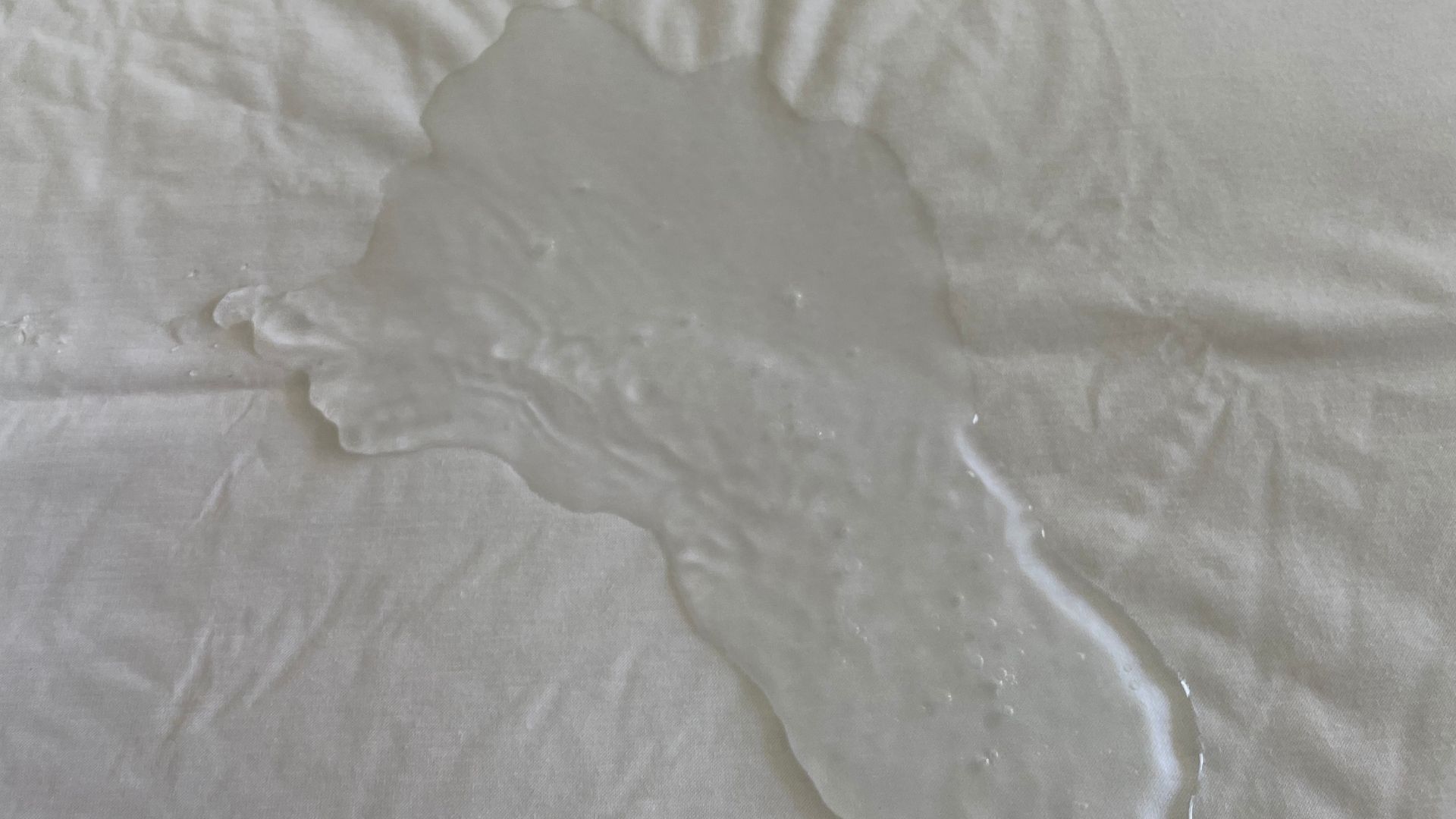
For the cooling test, I'll use my sleep tracker and general senses to work out whether I'm feeling cooler whilst I sleep. I get hot in the night, so it takes some serious technology for me to feel really cool. And, sadly, for the most part, there's very little that a protector can do to actively cool me in the night. However, there's a lot of damage that a non-cooling, polyester one can do. I'll look at the composition. Latex, wool, bamboo, and cotton are all the best materials that your mattress topper can be made of because they're naturally breathable. Having slept on them, I often find that I wake up feeling fresher. So, even if I didn't notice that I was cooler in the night, I didn't feel sweaty or sticky in the morning.
Why I talk about maintenance and cleaning
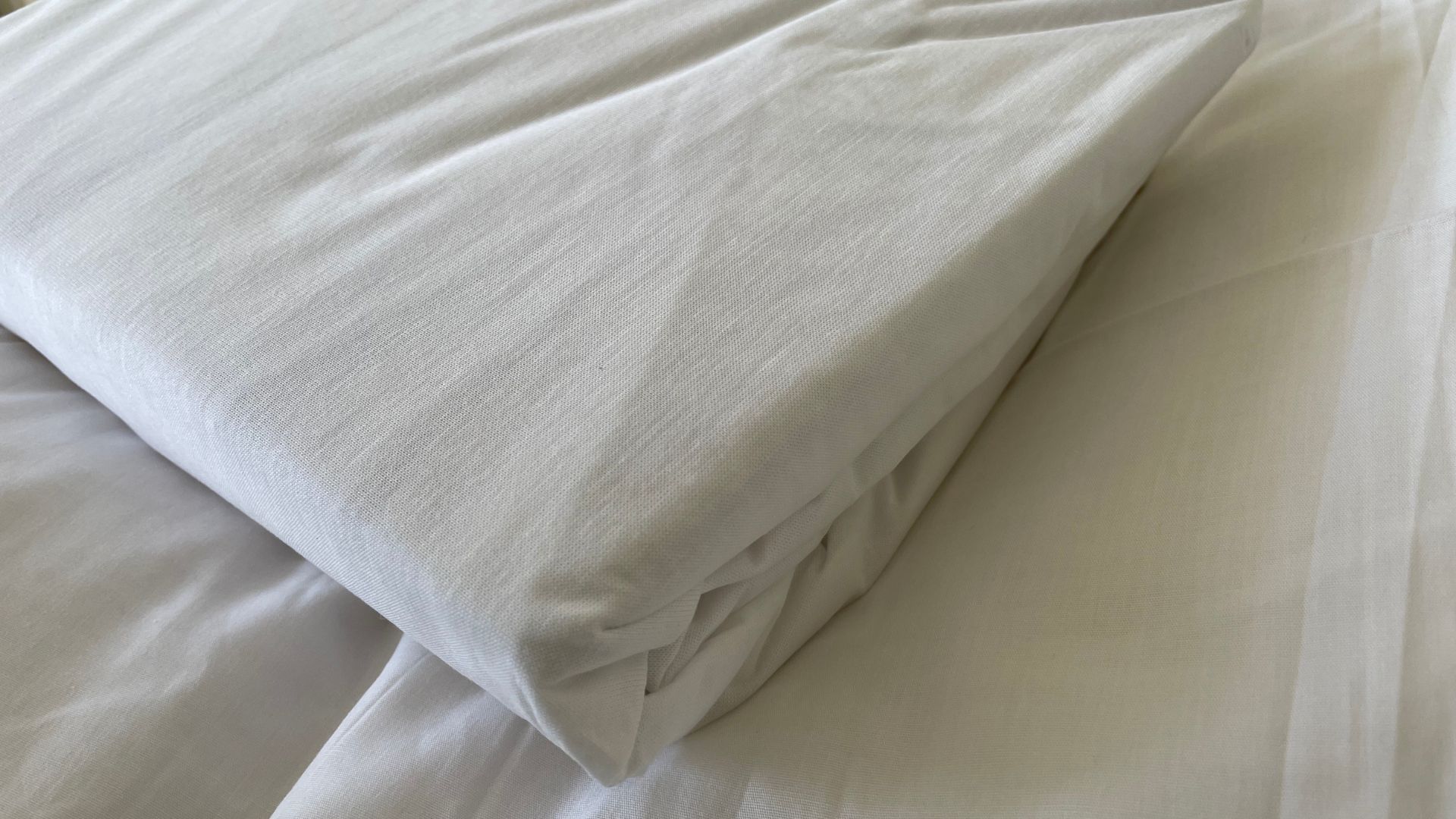
People are often surprised by how often you should wash your mattress protector. Experts recommend giving it a wash every two months, because it absorbs a lot of sweat, dead skin, and any other spills that you might have. It's really important for your health that you sleep on clean bedding.
Testing how a mattress protector should be washed is simple. I make sure that they're machine washable and then will follow any guidelines. Normally, the brand recommends using a gentle cycle at 40 degrees and then they'll need to air dry. Some protectors need to be hand washed, others can be tumble dried. This can affect how convenient yours is to use, since if it's high maintenance, you might want another option.
Comparing the protector to other models
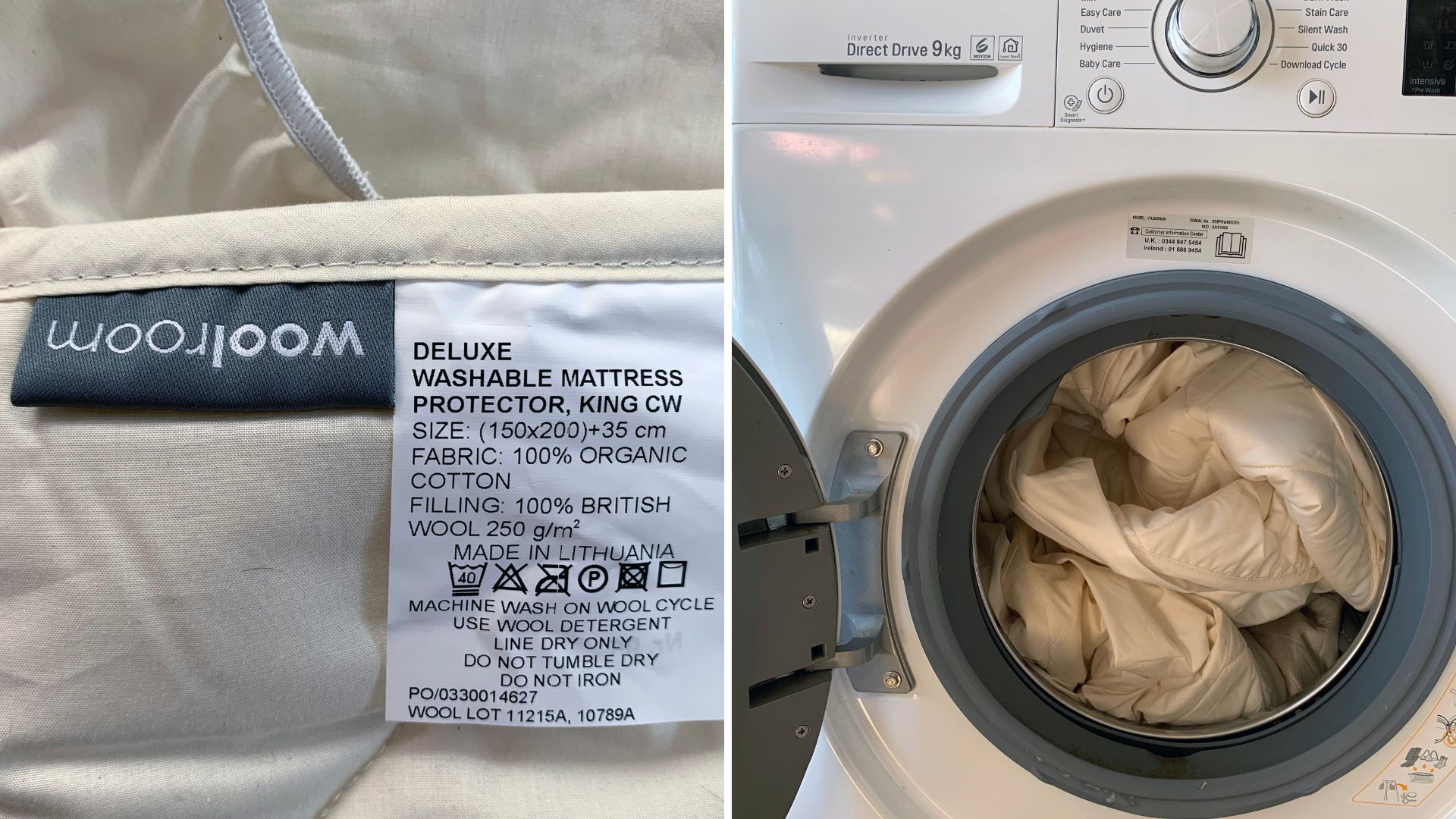
I think it's important for you to feel like you've shopped around before you buy a protector, but that can take time and effort. Luckily, I've tested all of the best mattress protectors on the market (as well as the ones that aren't quite so good), which means that I naturally, automatically draw comparisons between the models as I'm testing them. I'll often look at mattress protectors that make similar claims, or ones that sit around the same price point, so you get a good sense of whether the mattress protector is good value for money. If there's a cheaper one that's just as good, I'll let you know. Equally, if you can get some really special extras for not much money, that's also worth knowing about. By the end of this section, you'll have a couple of good comparisons to toy with.
Coming to a conclusion on whether you should buy it
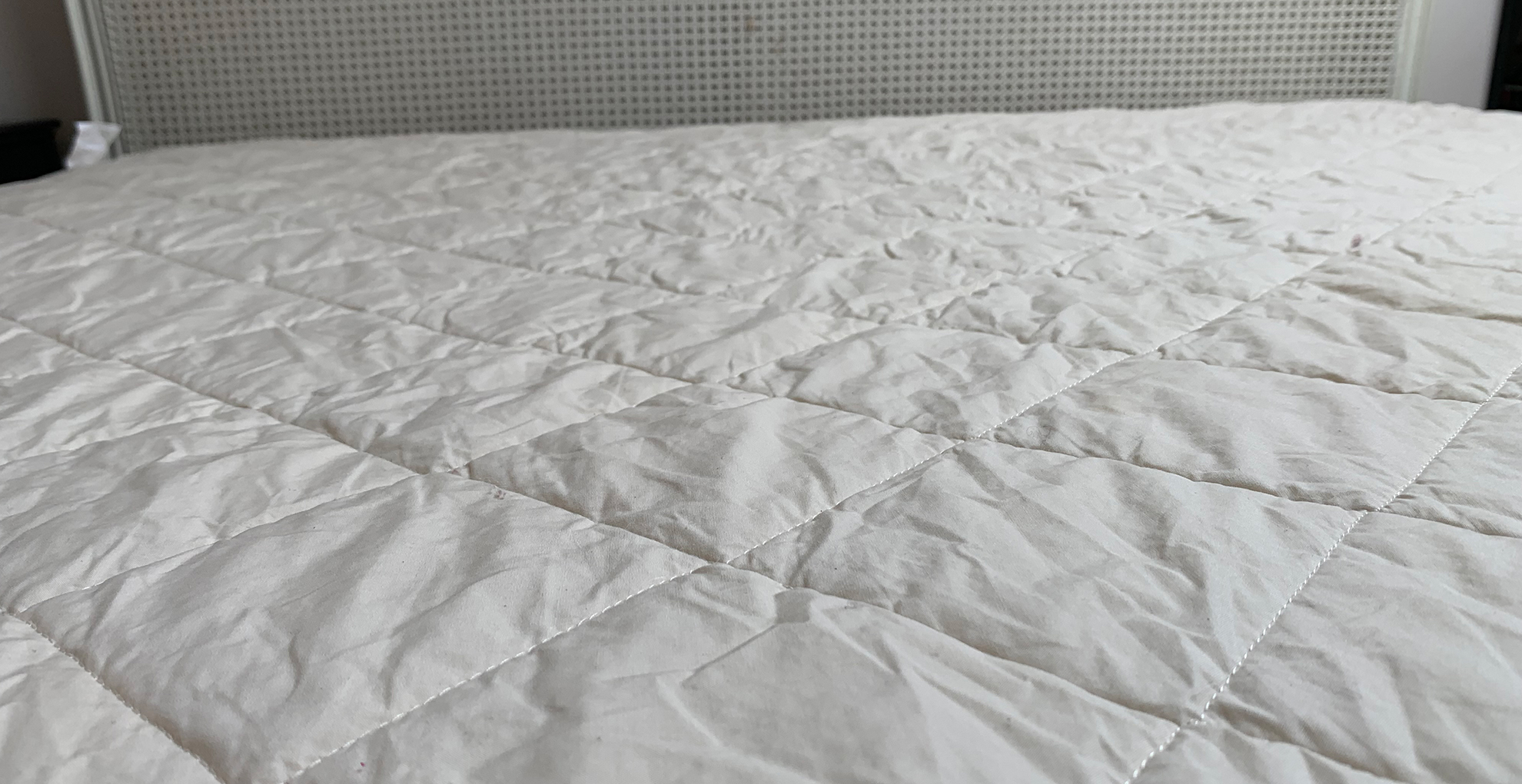
Finally, I'll bring together all of my experience to give you a summary. Here, I'll talk about who the protector suits, why, and where other people might want to look if this specific model doesn't suit them. I never sell something that I don't believe in, because we are independent reviewers. That means, we don't get any money from brands for our reviews, so there's no incentive to write anything that isn't completely true. If you have any more questions on how we test mattress protectors or more specific sleep or shopping queries, my emails are always open!







